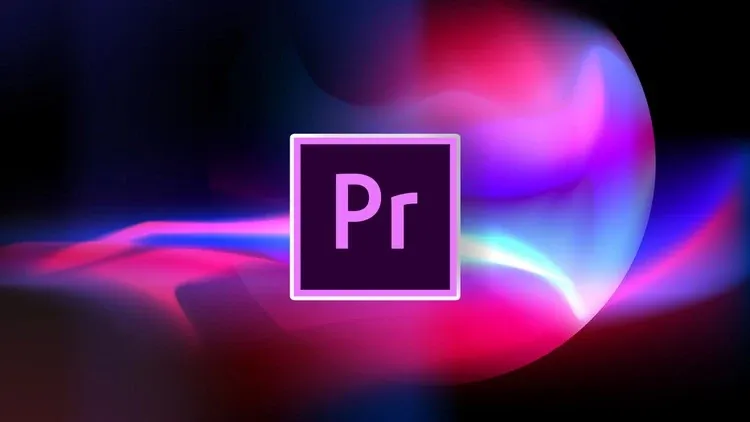



 Tech & IT
Tech & IT
 Business
Business
 Coding & Developer
Coding & Developer
 Finance & Accounting
Finance & Accounting
 Academics
Academics
 Office Applications
Office Applications
 Art & Design
Art & Design
 Marketing
Marketing
 Health & Wellness
Health & Wellness
 Sounds & Music
Sounds & Music
 Lifestyle
Lifestyle
 Photography
Photography
More Learnfly
Business Solution Become an Instructor"Color grading is the artistic touch that breathes life into visual stories. In post-production, colorists meticulously manipulate hues, tones, and contrasts to evoke emotions, enhance atmosphere, and ensure visual coherence. This essential process transforms raw footage into a vivid and immersive cinematic experience, adding a layer of storytelling depth to every frame."












Learn more topics in various categories at one place. Explore unlimited courses in other categories and up-skill yourself today.

 Jazeb Akram
Jazeb Akram 4.2 771170 Beginner Level

 John Hedengren
John Hedengren 4.1 569079 All Level

 Ranjan Pandey
Ranjan Pandey 4.1 346747 All Level

 Muhammad Ahsan Pervaiz
Muhammad Ahsan Pervaiz 4.2 101359 All Level

 Pieter Vliegenthart
Pieter Vliegenthart 4.6 100931 All Level

 Jerome P.
Jerome P. 4.8 100911 All Level

 Senol Atac
Senol Atac 4.9 100133 All Level

 Vikas Munjal
Vikas Munjal 4.8 100085 Beginner Level

 Avinash A
Avinash A 4.8 100042 All Level

 Venkatesh Baskaran
Venkatesh Baskaran13 Lectures

 Daniela Lambova
Daniela Lambova11 Lectures

 Wayne Sables
Wayne Sables35 Lectures

 Viral Sutariya
Viral Sutariya61 Lectures

 Vinod Kj
Vinod Kj22 Lectures

 Brian Jackson
Brian Jackson20 Lectures
Color grading is the process of adjusting and enhancing the colors of a video or image to achieve a desired look or mood. It involves manipulating the brightness, contrast, saturation, and color balance to create a consistent and visually appealing aesthetic.
Color grading is important as it contributes to the overall visual storytelling of a video or image. It can evoke emotions, set the tone, and create a cohesive look that enhances the narrative or message. Color grading is widely used in filmmaking, photography, and video production to achieve a specific visual style.
Common components include adjusting the color temperature, tint, contrast, and saturation. Color grading involves working with color wheels, curves, and levels to fine-tune the shadows, midtones, and highlights. It may also include the application of creative looks, color filters, or specific grading techniques to achieve a unique visual style.
Learning color grading involves understanding color theory, studying the tools and features of color grading software, and practicing with real footage or images. Online tutorials, courses, and dedicated software like Adobe Premiere Pro, DaVinci Resolve, or Adobe Lightroom provide resources for learning color grading techniques. Experimenting with different looks and analyzing the work of experienced colorists contribute to skill development.
No, color grading is not exclusive to professionals. While experienced colorists often handle complex projects, beginners and enthusiasts can also learn and apply basic color grading techniques. Many video editing software applications provide user-friendly tools for basic color adjustments, allowing individuals to enhance their videos or images without extensive technical knowledge.






